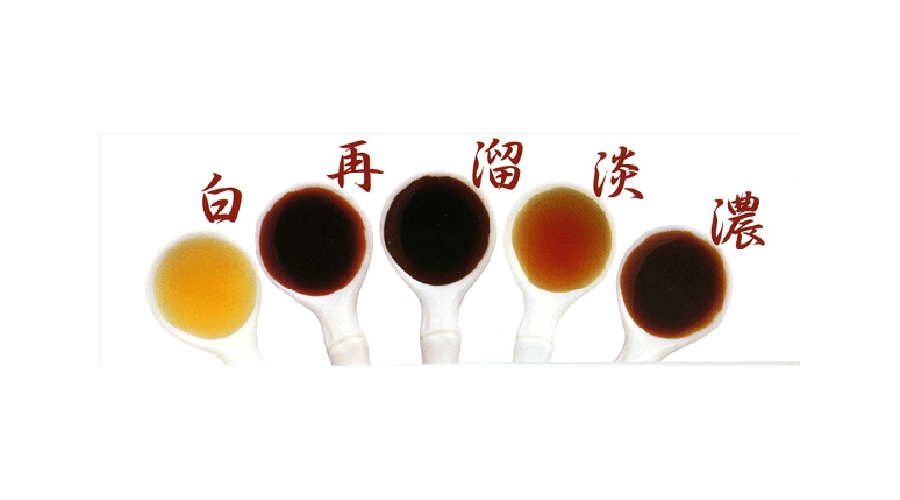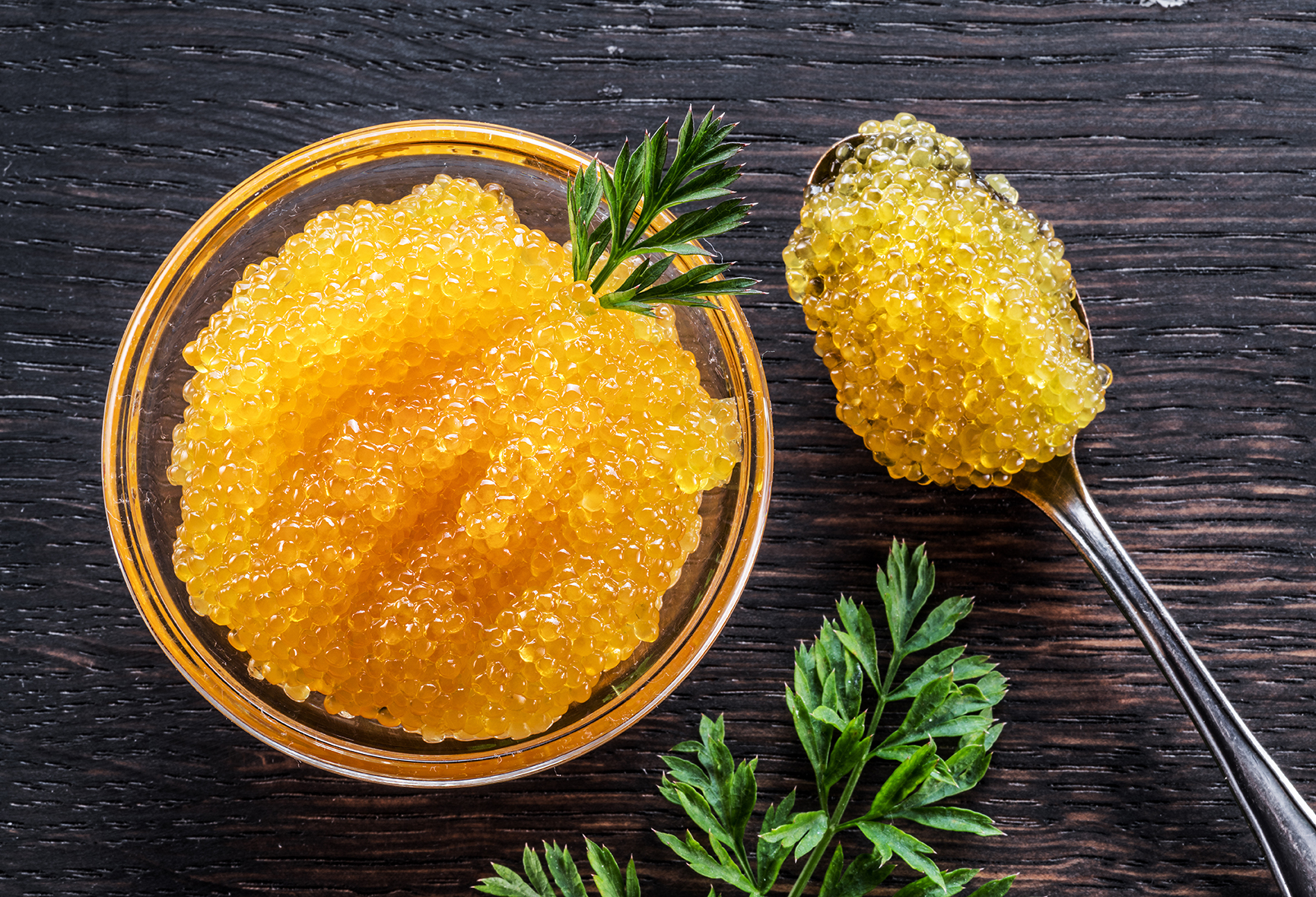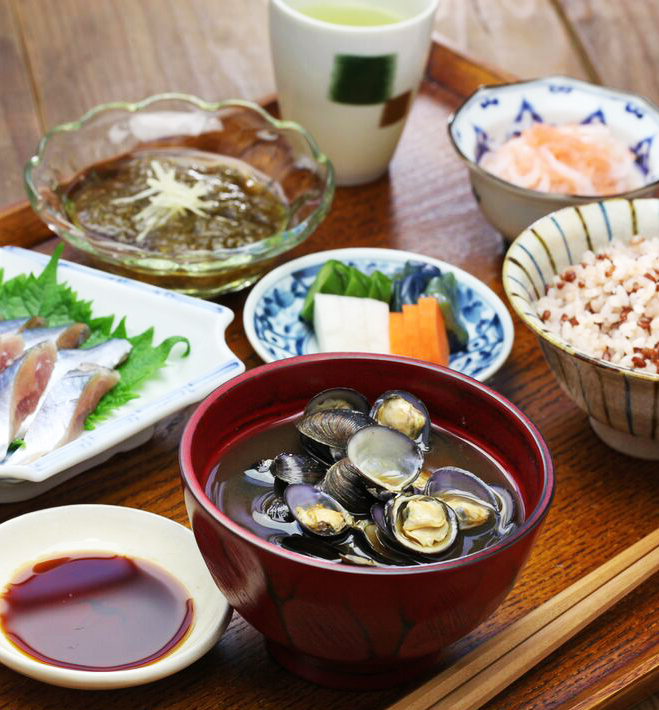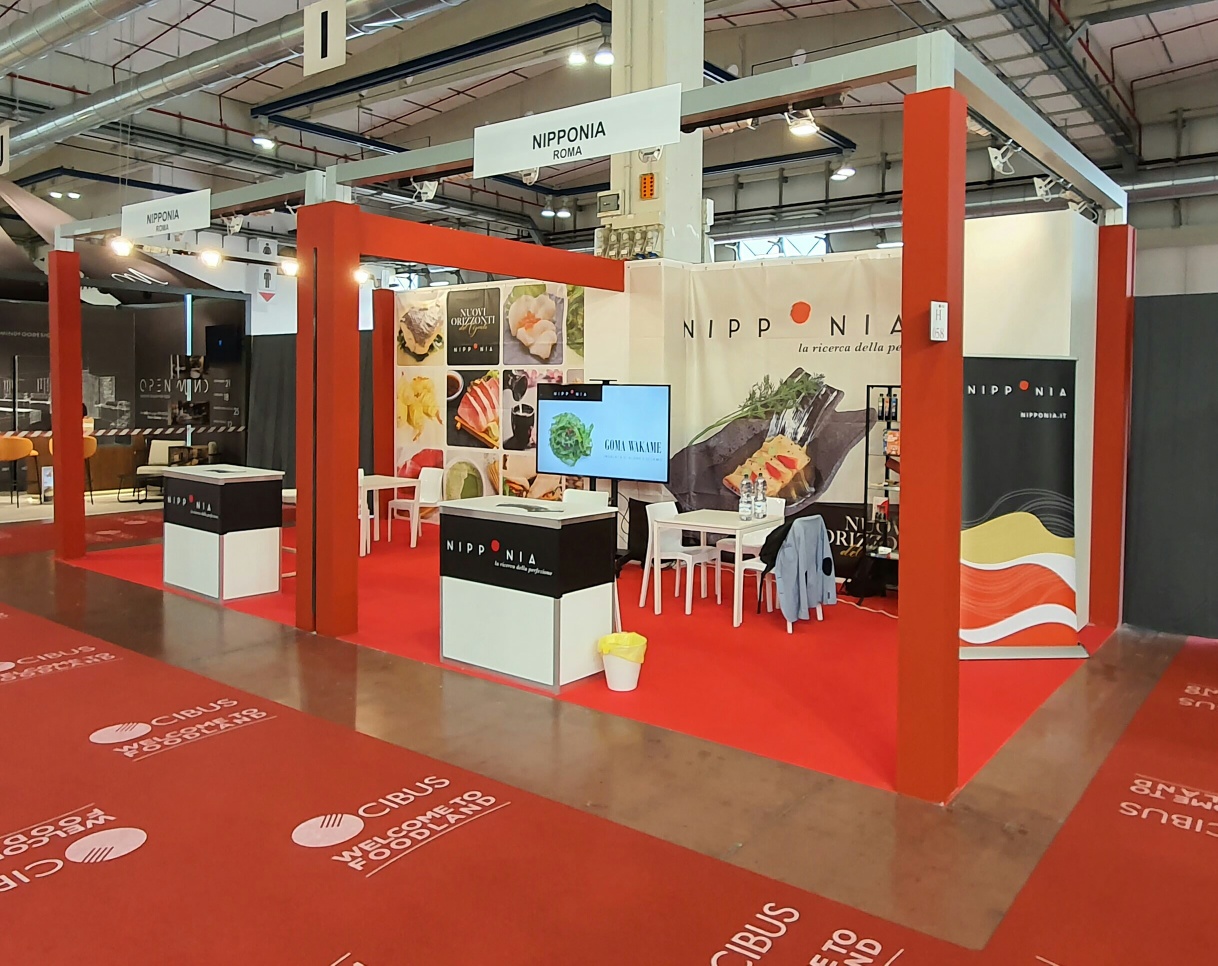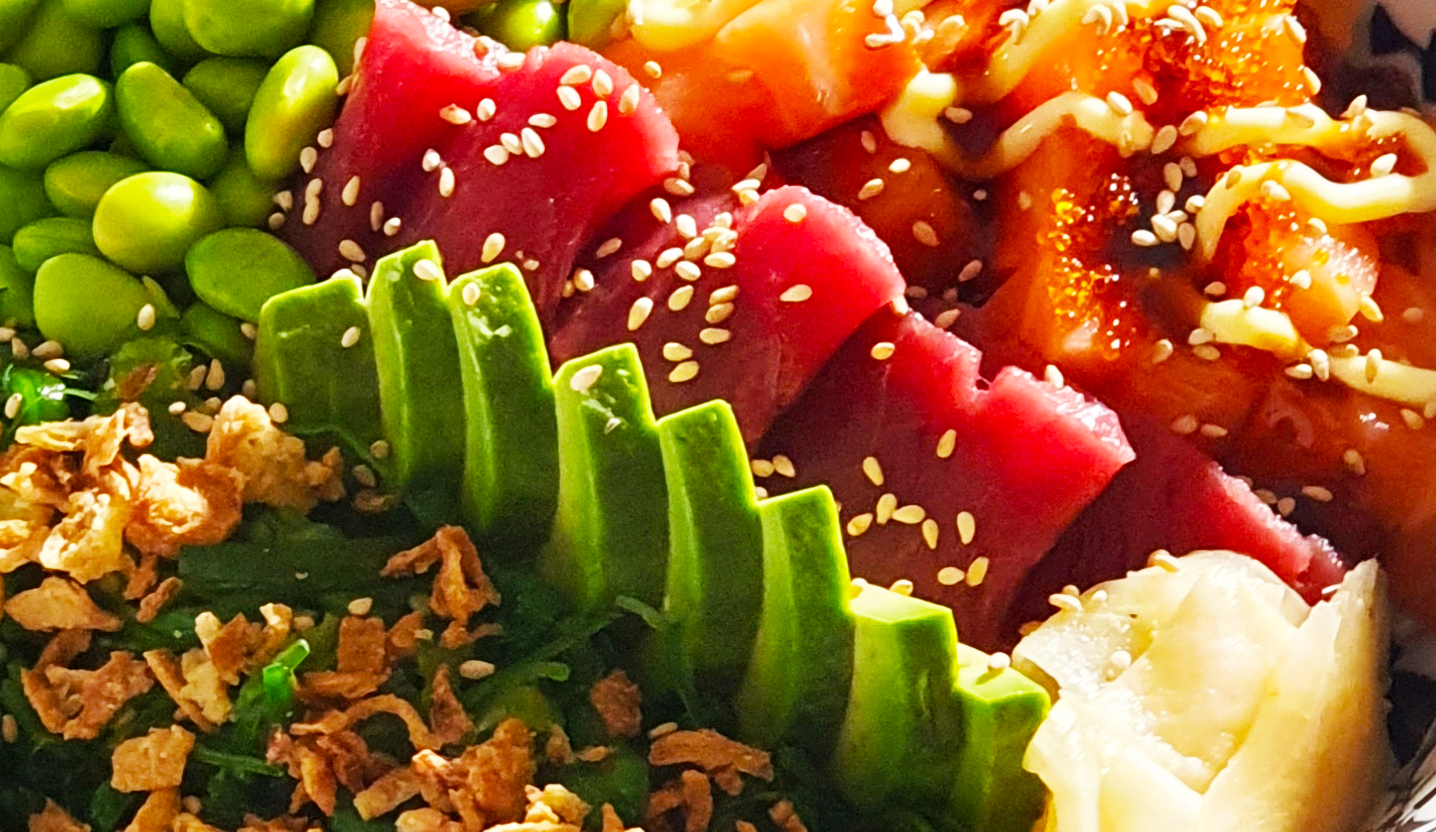Soy sauce, how to recognize the really good one
If you are familiar with Japanese or Asian cuisine, you probably recognize the dark brown salty liquid used as a condiment in many dishes. This is the
soy sauce
(also called Shoyu in Japanese)-the all-purpose ingredient in Japanese cuisine and many other East and Southeast Asian cuisines.
Originating in China, it is one of the oldest condiments on the planet. These days, soy sauce is almost as widespread as ketchup, where it has been used in many creative cuisines of the modern world.
Soy Sauce or Shoyu is a fermented sauce made from soybeans, roasted grain, water, salt and koji.
Fermented sauces have been produced in China since ancient times, and soy sauce is among them. It was introduced to Japan in the late 7th century by Buddhist monks, who used it to impart a certain meaty aroma to foods.
What does it look like?
Soy sauce is made from soybeans, wheat, salt, koji a type of mushroom that is used as a fermenting agent, is left to ferment for several months.
There are soy sauces with various uses: for sushi, for cooking, white, gluten-free, thick, etc., with so many varieties available, you can find different uses depending on the type you choose, wanting to make an even more upstream selection you have to divide them into two main categories: traditional production and industrial production.
Traditional production
The typical traditional method starts with cooking the raw materials (soybean and wheat), and then letting them cool. The fungus (Aspergillus oryzae) is added to start the fermentation process for a period of about 3 days. After this stage, the mixture is combined with liquid brine, and from this time onward the mixture will be called moromi. This will come Left to ferment for several months. Once the fermentation stage is over, the moromi will move on to pressing to separate the soybean paste with soy sauce, at this stage called Nama (raw). At this point the soy sauce is heated and pasteurized, then packaged.
La
traditional soy sauce
of high quality uses only natural fermentation.
Industrial production
This is a cheaper and faster method of making soy sauce, in which a chemical starter is added to ferment hydrolyzed soy and wheat proteins faster. The method produces soy sauce in a few days instead of months. To extend the shelflife (shelf life) of the product, additives and more salt will be added to it to improve color and flavor. The finished product is usually flat and less aromatic in taste and flavor than a traditional soy sauce.
How to use
In Japanese cuisine, soy sauce is commonly used for:
- flavoring and enhancing a dish
- cooking or seasoning seasonal ingredients
- enhancing the color of a dish
- Make sauces and dressings when combined with other ingredients
Its role is basically that of salt for Westerners, enriched, however, with an interesting variety of additional flavors. It is used in cooking or to accompany food when eating. Soy sauce imparts fragrance and flavor to the dishes we cook. Without it, Japanese food would not be what it is.
Nutritional characteristics
Because soy sauce is a fermented product, it is a good source of antioxidants, protein, vitamin K, and a rich blend of nutrients. Some studies have even shown that there are phytonutrient antioxidants in soy sauce as in red wine. There is no doubt that soy sauce is a salty food, but it has less sodium than table salt. The overall nutritional values will vary depending on the soy sauce and the ingredients used to make it.
Our advice is to use soy sauce in moderate amounts; it is better to take it in moderation (dipping only the fish slice) in a good Koikuchi, than to dip the rice of a nigiri in a green Genen cap soy sauce.
And look for soy sauce produced by the traditional method, rather than chemically treated.
The coloring
The coloring of soy sauce can be darker or darker, this depends on the balance between two key ingredients: soy and grain. When a soy sauce is made primarily from soybeans it will be very dark and thick, when it is made primarily from wheat it will be light and liquid.
Types
Koikuchi
Koikuchi soy sauce is the most common Japanese soy sauce and is typically made from both wheat and soybeans in similar proportions. It is very versatile and can be used in a variety of ways, both for cooking and as a condiment for seasoning. Known for its well-rounded character, Koikuchi soy sauce has a balance of umami, sweetness, sourness and bitterness. The salt content is about 16% .Originating in the Kanto region, its use has spread throughout Japan so that it can be considered the typical Japanese soy sauce. Koikuchi soy sauce is a multipurpose sauce, most commonly used for sushi, cooking, and making soups and condiments.
Usukuchi
Usukuchi Shoyu or clear soy sauce has a higher salt content than regular soy sauce. The reason is that it is mainly used for cooking without dyeing ingredients. Vegetables stir-fried with usukuchi soy sauce will retain their original color without turning brown as would happen when cooking them with koikuchi. Being used in cooking to impart flavor to foods, it is saltier than soy sauces used as a dip or condiment. We use the lighter-colored soy sauce to make soups for noodles,and when you want to keep the lighter color of the broth. Regular soy sauce can make the broth too dark in some dishes.
The salt content is 18-19%.
Tamari
Tamari soy sauce is a soy sauce popular in the Chubu (Nagoya) region, mainly in Aichi prefecture. Characterized by its thicker consistency, rich umami taste and fragrance, Tamari is a dynamic soy sauce suitable for many dishes. It is wonderful on sushi and sashimi, on stewed or glazed dishes such as teriyaki and rice crackers.
The recipe for
Tamari Shoyu
involves soybeans as the main ingredient and contains little or no grain. Gluten-intolerant people should pay close attention because tamari is not always gluten-free.
The salt content is 16%, but may vary depending on the brand.
Shiro
Shiro Shoyu is the opposite of Tamari soy sauce and is made with very little soy. Shiro in Japanese means white so it is called “
white soy sauce
” because of its light color. It has less umami and richness than dark soy sauce. We use this soy sauce only when we want to preserve the natural color of the ingredients for the final dish. It has a high sugar and salt content.
Genen Shoyu
This is not a traditional sauce but rather an evolution demanded by the market. La
Genen soy sauce
or better known by the green cap on dispensers, is the commercial response to consumer demand for a soy sauce that is less salty than the industrial “red cap” soy sauce sold in supermarkets. And so the lower-salt soy sauce was created, but it is made with additives and caramel.
Marudaizu Shoyu
La
Merudaizu soy sauce
is made from only whole soybeans, not defatted. It is thick, very dark, and has an intense flavor and texture. The name Marudaizu refers to the type of whole grain soybeans used and can be either gluten or gluten-free, depending on whether it contains or does not contain wheat.
If you are interested in this topic read the next article on the
Japanese Soy Sauce
